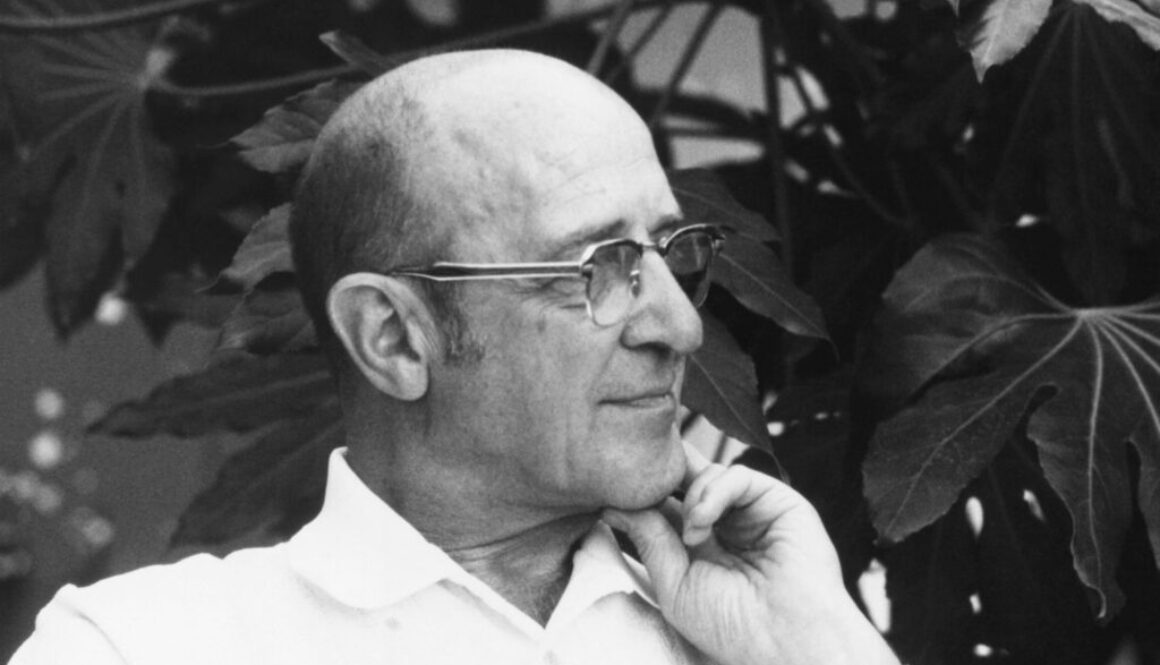Why Positive Regard . . .
When I got asked to write the first blog for the new positive regard website I did wonder ‘why me?’ I’m not the most articulate one in the team so I’m hoping you will stumble through with me as I try to do this subject justice.
The first thing to mention in this, the first post of the blog, is that it really is a privilege to be part of this team, and I am grateful everyday. This is a group of incredibly skilled people in a variety of different roles across the country with one common thread . . . relationships- people first, human beings.
The Positive Regard Team is more than a training and consultancy service. Every member of the team puts the individual needs of children and young people at the heart of everything they do. I believe that the holistic offer we have is flexible and shaped completely around the individuals we are working with and supporting. We work nationally as an organisation. Our work includes working with schools and children’s services to bring about an empathetic culture of support through staff training, practice modelling and policy review.
We are proud to be part of Wellspring Academy Trust – a values driven organisation that holds relational practice at its core and is proud to be a large MAT that has never permanently excluded a child in England. We don’t see challenging children and young people – we recognise signs of stress, trauma and emotional imbalance. We empathise with the root cause of challenges and use a model of relational practice and positive behaviour support to repair relationships, build trust and decrease the signs of stress in children and young people. This increases their focus and engagement in teaching and learning, as well as increasing their opportunities to achieve in all aspects of their lives.
Our team also offers support and training around wellbeing, mental health, behaviour and SEND services. Each service is tailored towards the specific needs of a school or establishment and a bespoke package is created by our highly skilled Positive Regard specialists.
A lot has changed in the last five years including Positive Regard. It began with a small team of three staff from one of our Wellspring schools, offering their professional generosity to one of the local authorities. They had the aim to prevent exclusion through behaviour support. The positive impact and success of this work, plus the growing reputation of Wellspring, led to other local authorities requesting Positive Regard support and services. Positive Regard has now developed into its own entity with a team of over 40 specialists and operates across the whole of England, Scotland and Wales. We supported over 500 settings and worked in over 20 local authorities last year.
Conditions for a thriving relationship…
On the day I first began writing this I was working with a team in one of our WAT schools, exploring what unconditional positive regard is, where it comes from and why we value it so much. I thought it only makes sense that in the first post to take a look at this with all of you too.
I first came across UPR as a teaching assistant in a special school over 10 years ago. I think we were all doing it, but it was really affirming to know that this was an actual thing, written about in books and everything. Dave Whitaker took us through the finer points of UPR and what it meant to us all as a school. Having been the person who introduced me to it, I would encourage you to check out Dave Whitakers’ Book – The Kindness Principle for some real insight to this.
I always go back to Carl Rogers when I think of Unconditional Positive Regard so when thinking about this post that’s what I did.
I stumbled on some wonderful quotes in the book “Becoming a Person” Significant Learning in therapy and Education. I have placed them at the end in an effort to keep you reading. I felt that the sections I have quoted below helped me to understand how setting the conditions for a relationship are vital for it to thrive, whether that be therapist and client in Carl Rogers case or teacher and child in many of your cases.
There are countless more but these are the ones that hit me as I looked through some of his work today. As an individual I make it a point to talk about authentic care a lot. This is vital in the work we do and Rodgers work describes the conditions as Congruence, Unconditional Positive Regard and Empathic understanding. Some of the following is taken directly from his book Becoming A Person – page 281-284. As you gloss through these paragraphs I invite you to replace the words client with child and therapist with teacher or adult…
In the Section where Rogers explores conditions of learning in psychotherapy he talks to Congruence which I interpret is all about genuineness and acceptance. Not just acceptance of others emotions, feelings and experiences but acceptance of self and an authentic state and realness which is not a role, facade or pretence as Rogers describes.
CONGRUENCE
If therapy is to occur, it seems necessary that the therapist be, in the relationship, a unified, or integrated, or congruent person. What I mean is that within the relationship he is exactly what he is – not a façade, or a role, or a pretence. I have used the term “congruence” to refer to this accurate matching of experience with awareness. It is when the therapist is fully and accurately aware of what he is experiencing at this moment in the relationship, that he is fully con-gruent. Unless this congruence is present to a considerable degree it is unlikely that significant learning can occur. Though this concept of congruence is actually a complex one, I believe all of us recognize it in an intuitive and commonsense way in individuals with whom we deal. With one individual we recognize that he not only means exactly what he says, but that his deepest feelings also match what he is expressing. Thus whether he is angry or affectionate or ashamed or enthusiastic, we sense that he is the same at all levels – in what he is experiencing at an organismic level, in his awareness at the conscious level, and in his words and commu-nications. We furthermore recognize that he is acceptant of his immediate feelings. We say of such a person that we know “exactly where he stands.” We tend to feel comfortable and secure in such a relationship. With another person we recognize that what he is saying is almost certainly a front or a façade. We wonder what he really feels, what he is really experiencing, behind this façade. We may also wonder if be knows what he really feels, recognizing that he may be quite unaware of the feelings he is actually experiencing.With such a person we tend to be cautious and wary. It is not the kind of relationship in which defences can be dropped or in which significant learning and change can occur. Thus this second condition for therapy is that the therapist is characterised by a considerable degree of congruence in the rela-tionship. He is freely, deeply, and acceptance himself, with his actual experience of his feelings and reactions matched by an accurate awareness of these feelings and reactions as they occur and as they change.
He then goes on to describe unconditional positive regard where the exact quote comes from. It is fairly simple but quite beautiful…
“ I care”; not “I care for you if you behave and thus so”
In essence unconditional positive regard has no conditions of worth attached to it.
Unconditional Positive Regard
A third condition is that the therapist experiences a warm caring for the client -a caring which is not possessive, which demands no personal gratification. It is an atmosphere which simply demonstrates
“I care”; not “I care for you if you behave thus and so.” Standal (11) has termed this attitude “unconditional positive regard,” since it has no conditions of worth attached to it. I have often used the term “acceptance” to describe this aspect of the therapeutic climate. It involves as much feeling of acceptance for the client’s expression of negative, “bad,” painful, fearful, and abnormal feelings as for his expression of “good.” positive, mature, confident and social feel-ings. It involves an acceptance of and caring for the client as a separate person, with permission for him to have his own feelings and experiences, and to find his own meanings in them. To the degree that the therapist can provide this safety-creating climate of
Another element he discusses in the section is Empathic Understanding.
The Fourth condition for therapy is that the therapist is experiencing an accurate, empathic understanding of the client’s world as seen from the inside. To sense the client’s private world as if it were your own, but without ever losing the “as if” quality – this is empathy, and this seems essential to therapy. To sense the client’s anger, fear, or confusion as if it were your own, yet without your own anger, fear, or confusion getting bound up in it, is the condition we are endeavouring to describe. When the client’s world is this clear to the therapist, and he moves about in it freely, then he can both communicate his understanding of what is clearly known to the client and can also voice meanings in the client’s experience of which the client is scarcely aware. That such penetrating empathy is important for therapy is indicated by Fiedler’s research in which items such as the following placed high in the description of relationships created by experienced therapists:
The therapist is well able to understand the patient’s feelings.
The therapist is never in any doubt about what the patient means.
The therapist’s remarks fit in just right with the patient’s mood and content.
The therapist’s tone of voice conveys the complete ability to share the patient’s feelings. (3)
All I hope is that this has inspired you to look closer at these concepts, yourself and how you turn up with the children you work with, your class, your school and your life.
I leave you with these two wonderful quotes, from Carl Rogers to make you think…
“In my early professional years I was asking the question: How can I treat, or cure, or change this person? Now I would phrase the question in this way: “How can I provide a relationship which this person may use for his own personal growth?”
“People are just as wonderful as sunsets if you let them be. When I look at a sunset, I don’t find myself saying, “Soften the orange a bit on the right hand corner.” I don’t try to control a sunset. I watch with awe as it unfolds.”
Opening Blog Post by Jacob Lawton, Positive Regard Lead Consultant

